Camping has been around for a very long time. Over the years many different types of camping have developed. Do you know how many there are? Many are named after their form of transportation or lifestyle. Today we'll take a look at the various ways you can get closer to nature and into the outdoors.
1. Tent Camping
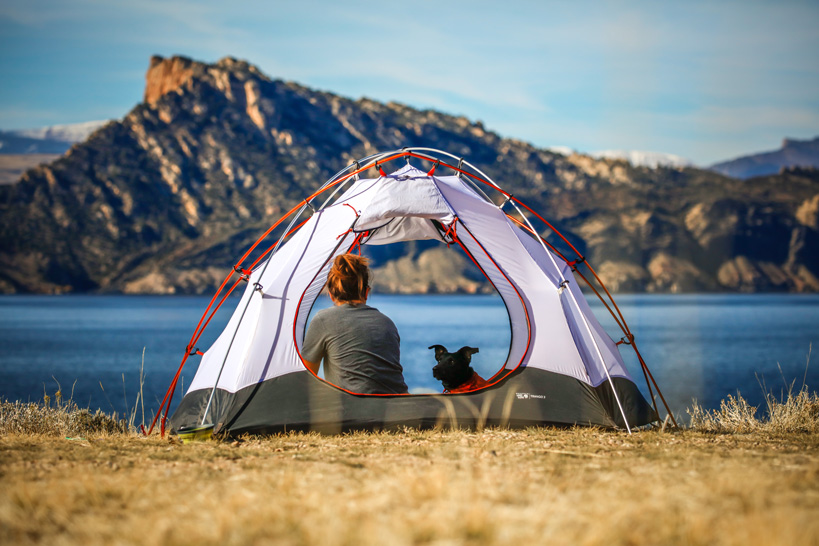
The most basic and popular type of camping is of course tent camping. It involves heading to a park, pitching a tent, and sleeping there for a few nights. You can choose to stay on a campsite, in the woods, a beach, or anywhere else you desire.
Tent camping is a great option for those new to camping, and that want to get started without spending a lot of money. It's also good for families with children as it creates time for bonding and learning how to work together.
Read more about tent camping:
2. RV or Van Camping
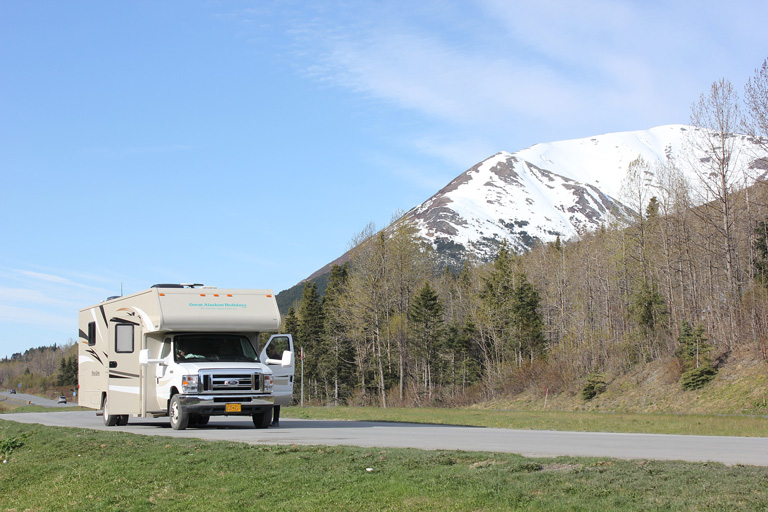
Camping in an RV or van combines the pleasures of getting outside and getting close to nature, along with the accommodations of a small hotel. As many call them their "house on wheels", they also provide a means of transport during your travels.
Some may say it's not really camping at all yet it's perfect for people who like a little luxury and those who are retired. By traveling in your own vehicle, you're much more mobile and anywhere you park becomes your campsite. You're also protected from the cold, heat, and bad weather. Not to mention many RVs or vans have stoves, fridges, and a full bathroom.
The primary downside is that vehicles cannot go everywhere that someone on foot or in a kayak or canoe can go. Access to true wilderness is more limited.
However, RV or van camping can also open you up to the entire country by setting off on short weekend trips, extended road trips, RV living, or van life.
You can choose to rent an RV with Outdoorsy, to get an idea of what it's like.
Read more about RV or van camping:
3. Backpacking
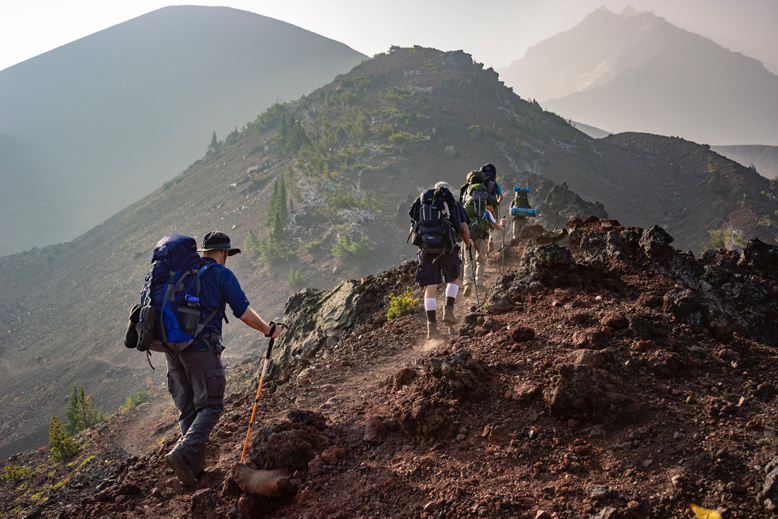
Backpacking involves spending the day carrying all your gear and equipment on your back, traveling through nature. Then, you sleep outside in a tent or hammock. These kinds of trips can last anywhere from one night, to several months.
This type of camping allows for a level of self-sufficiency and the ability to spend time away from the stresses of day to day life and instead closer to nature.
You'll need to plan your trip and let someone know of your plans in case any emergencies happen and you don't return. Then, they can alert authorities to initiate a search and rescue.
Another important consideration is the weight of the materials you plan to take with you. With everything on your back, you're going to want to pack ultralight gear. This also means careful packing of your backpack and what you plan to take with you.
You can shop for backpacking gear at REI.com.
4. Survival Camping
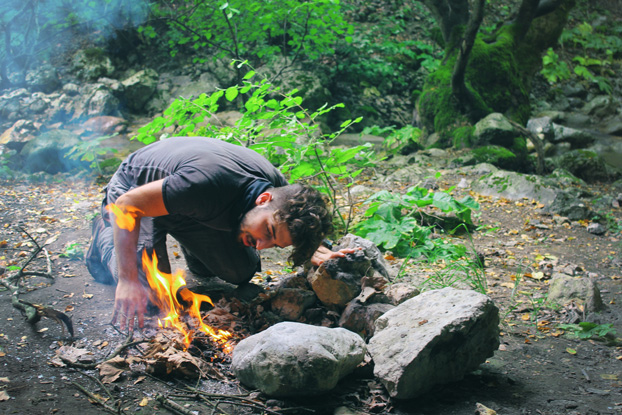
This is the most extreme form of camping and to only be attempted by skilled and experienced campers. Think of this as the "Bear Grylls" type of camping. The aim of this activity is to become self-sufficient or a period of time and return alive.
Food is found from the forest by hunting and gathering. This could include fishing, trapping, or gathering nuts, berries, and edible plants. Depending on where you're located, it can also be important to avoid any larger dangerous animals that could pose a threat.
This kind of camping also requires advanced camping and survival skills. It is possible to learn from courses on how to survive in the wilderness before attempting it for real.
One helpful book that can teach you the necessary skills is the SAS Survival Handbook by John Wiseman.
This is a suitable challenge for advanced campers who want to put their skills to the ultimate test. Of course this does entail a real level of danger. Proper planning is necessary and not something that should ever be attempted by novices.
5. Car Camping
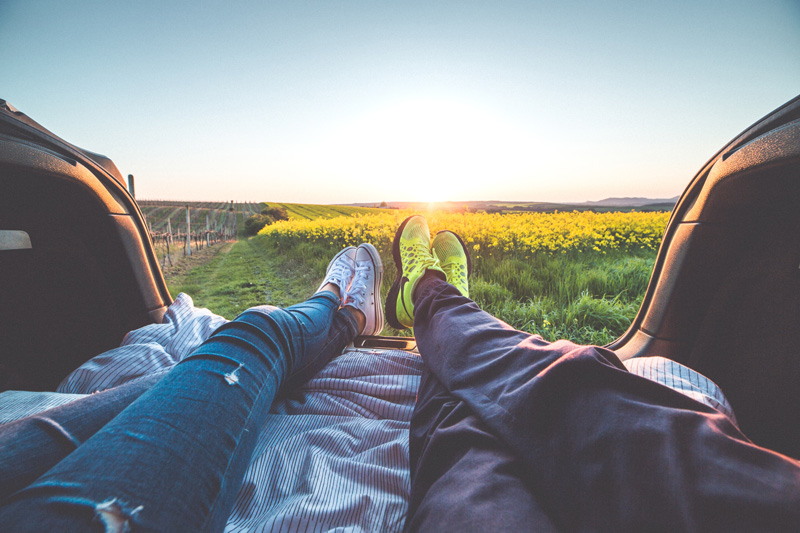
There's a lot of people out there who want to go camping, but don't think they have the gear or all the right stuff to go. The truth is you don't need a whole bunch of stuff, you only need a few things and you probably already have several of them.
Car camping is the perfect solution as you can use whatever you already have at home. Many hatchback cars work perfect for this by folding down the seats for more room inside. Lay down a sleeping pad or some blankets for cushioning, and you've got yourself an area to sleep.
It's not the most glamorous form of camping, yet it's simple and easy to do. If you're on a low budget or want to try out camping for the first time, car camping can be a great option for you.
6. Primitive Camping
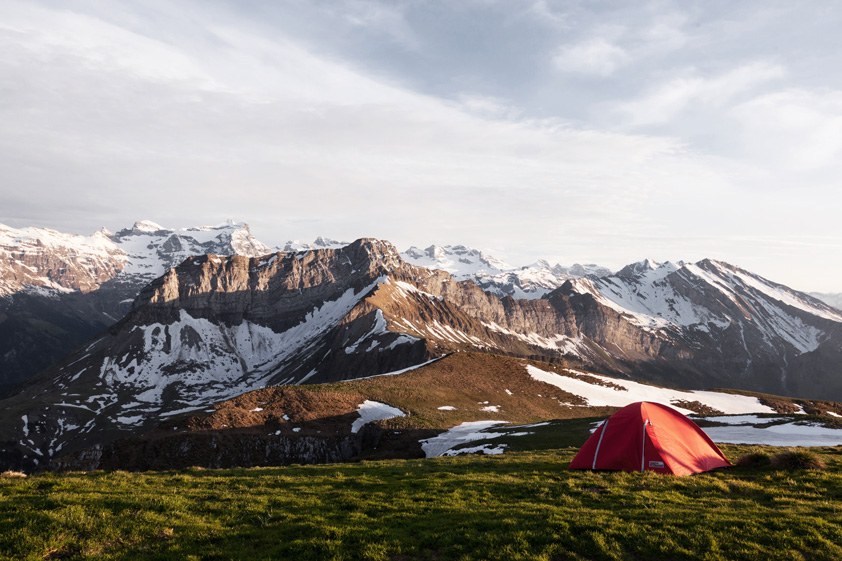
Similar to backpacking, primitive camping or backcountry camping opts to ditch standard camping reservations for remote areas without amenities such as bathrooms, running water, or electricity. Instead you hike out to a secluded area of a state park in the opposite direction of the traditional campground.
Many parks offer designated areas for primitive camping for free or at discounted rates. Be sure to call the campground or check online ahead of time before hiking into any random location. In some cases these are permitted lands where you need permission to camp.
Independence and self-reliance are important with primitive camping. Make sure to come prepared and bring all supplies you'll need for your adventure. Most often this is food, shelter, and a water supply. It would also be a good idea to pack a first aid kit.
7. Glamping
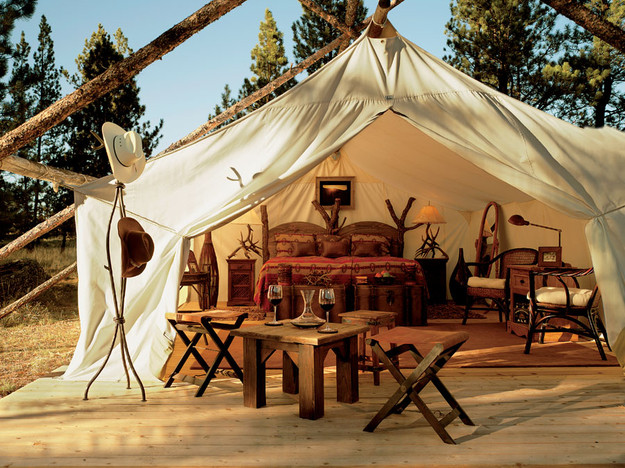
Glamping (glamorous camping) combines camping with the luxuries of a home or hotel. Across the globe there are many different types of glamping accommodations available. You could wake up in a yurt on a mountaintop, reside in the forest canopy in a tree house, or take in panoramic views in an eco-lodge.
It's much more than a nice tent. There's such a wide variety of different options ranging from villas, cabins, lodges, tipis, and tree houses.
You can explore more Glamping experiences with Booking.com.
8. Kayak/Canoe Camping
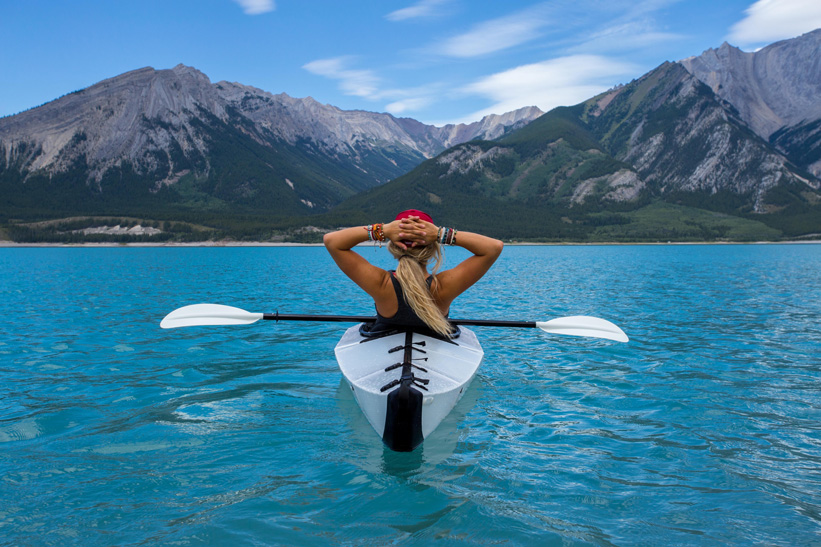
Kayak or canoe camping brings a lot of the same appeal of backpacking. You get more freedom, self-sufficiency, and other advantages to traveling by water. When traveling by boat, weight is no longer as much of an issue and you can carry more equipment.
Water travel also allows you to travel further and reach places not accessible by hikers on foot or vehicles. You can get further away from civilization and into the true wilderness by kayak or canoe.
These kinds of camping trips are best suited for groups of at least two or more in case something goes wrong. Solo trips are possible with more preparation.
In addition, it's important to consider that rainfall can significantly change water flow. A gentle stream could become quite dangerous after heavy rainfall or with storm winds.
Overall this is a great way to explore nature and enjoy the peaceful waters. Before you go, make sure you're aware of the weather forecast and prepare ahead of time.
9. Overlanding
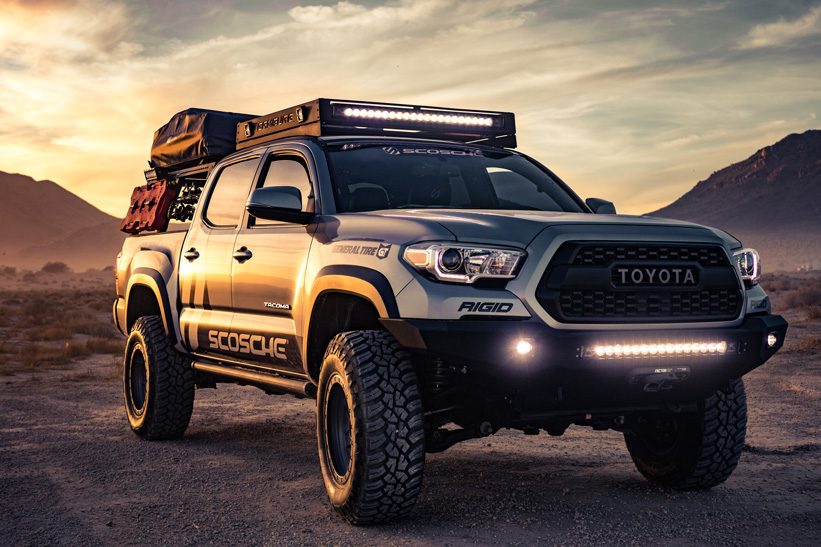
Overlanding is a fusion between camping and off-roading. It combines the elements of both to create an automotive/outdoor activity. In the self-reliant vehicle, you travel to remote destinations where the journey is the primary goal.
People travel with their overlanding vehicles for multiple days, weeks, months, or even years in some cases. In comparison to off-roading, overlanding spans a much longer time frame and is focused more on the exploration aspect.
10. Rooftop Camping
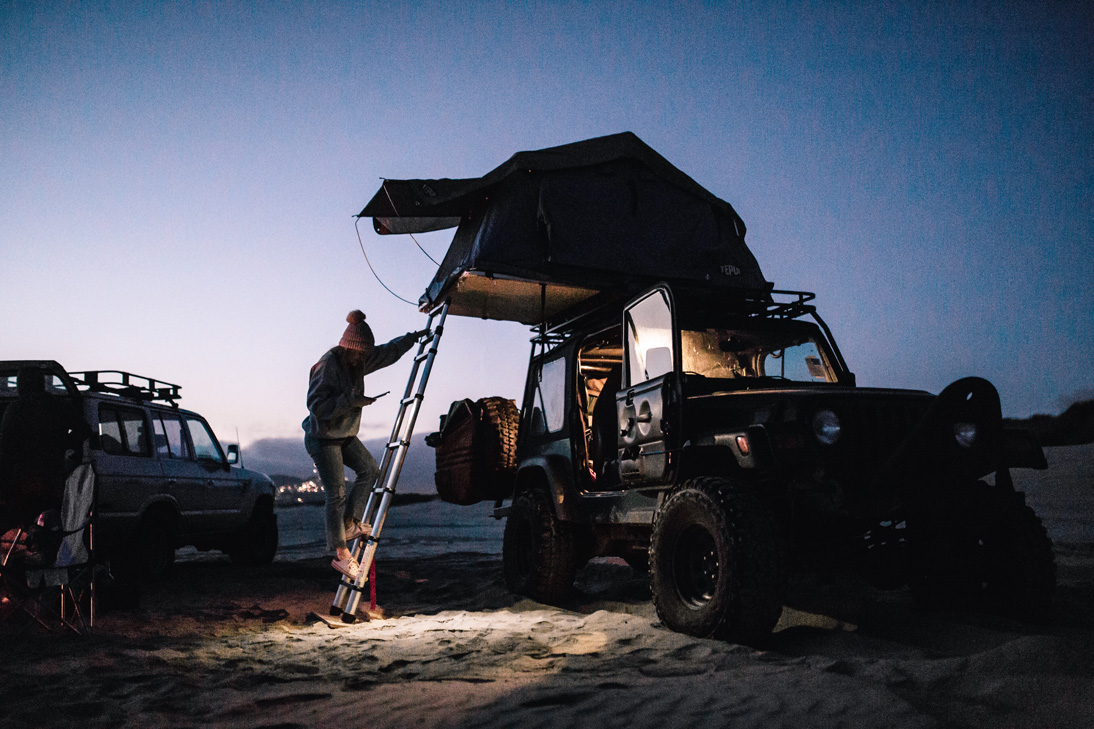
Rooftop tents are a cool new tool for campers. You can call it a roof top tent, car-top tent, or pop up. Most people use these with their overlanding rigs as a way to camp on their vehicle in an easy way.
While it's not necessarily a whole type of camping on it's own, it is a unique style of tent that deserves it's own section on the list.
You can look at some more rooftop tents from Amazon.
11. Winter Camping
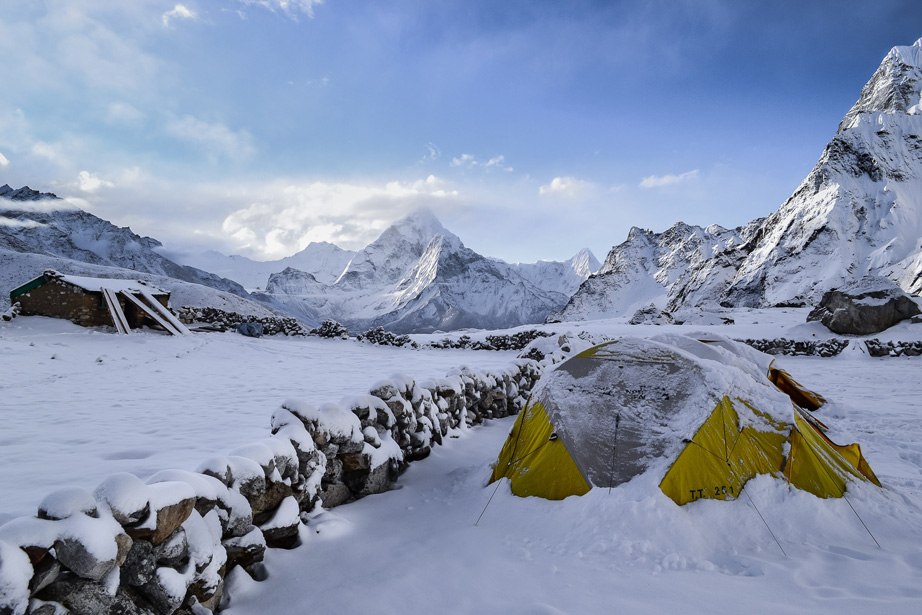
Winter camping is not for the faint of heart. You're going to need some courage, self-sufficiency, and skill. If you can handle it though, it comes with some perks. With less bugs and smaller crowds you can experience a true winter wonderland.
However, if you're not prepared it can be quite cold and challenging. For a successful winter camping trip you'll want to get some experience with regular weather camping, and adjust for the additional challenges of colder temperatures, unpredictable weather, and snowy landscapes.
You can check out a page from REI for a full guide to winter camping.
12. Bicycle Camping
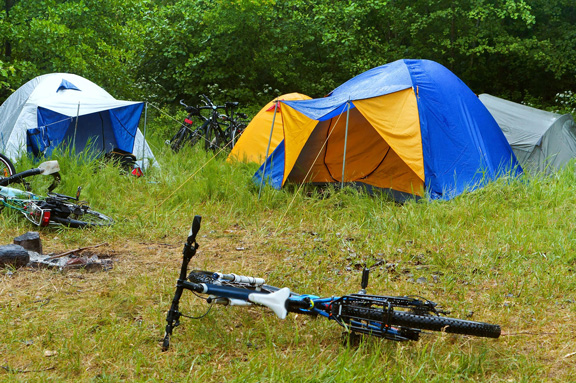
For those who want to camp with minimal environmental impact or disruption to nature, bike camping can be a great option. This type of camping also offers the ability to access areas inaccessible by car or RV. Traveling on a bicycle becomes an adventure, similar to backpacking where you can get an escape from reality.
You'll need self-sufficiency, lightweight quality gear, and a proper bike.
The following YouTube video shows a cool bike camper design:
Of course, most people will not be using a bike camper on their trips. Although this is a cool design for inspiration and for those who like prepping and camping.
13. Motorcycle Camping
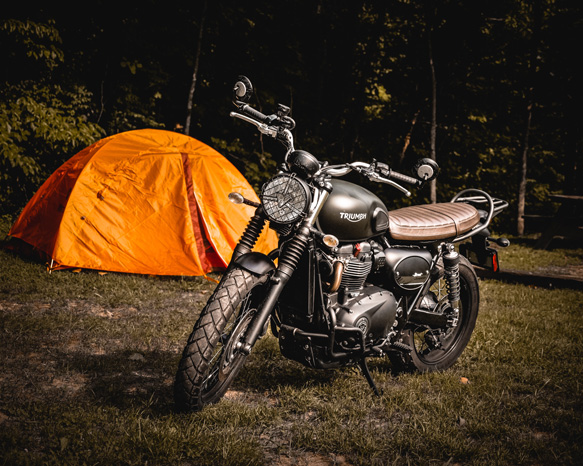
Similar to bike camping, motorcycle camping takes advantage of an open adventure. By using a motorcycle it makes it a whole lot easier to travel further distances. Not to mention, you'll have a little more power to carry heavier gear with you. Some people even manage to tow a motorcycle travel trailer or pop up camper!
One thing you'll need is some compact camping gear for motorcycle camping. You can check out our camping checklist for more packing ideas. A lot of backpacking gear tends to works well for motorcycle camping as it is lightweight and collapsible. To sleep, you can use a tent or even a hammock to keep it simple.
This is a great form of camping for motorcycle enthusiasts who want to experience more of the outdoors while on the road. It's also a bit cheaper than staying in a hotel.
14. Dry Camping
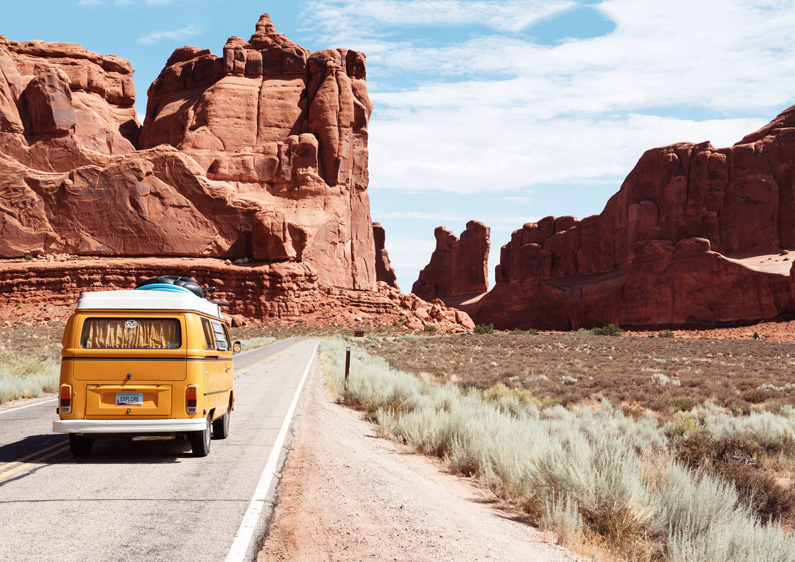
Dry camping is a way to stay in an RV without any hookups to utilities. Depending on your setup it can be less comfortable, but you can save money on your camping location. It also allows people to travel and stay in their units for very cheap.
Many people who live in an RV full time or live the van life tend to go dry camping. By camping off-grid you can save money and stay in more remote places. A very useful tool to use for dry camping is the free campsites website.
In addition to the free campsites, it's also common to stay in Walmart parking lots, truck stops, interstate rest areas, and certain National Parks.
15. Workamping
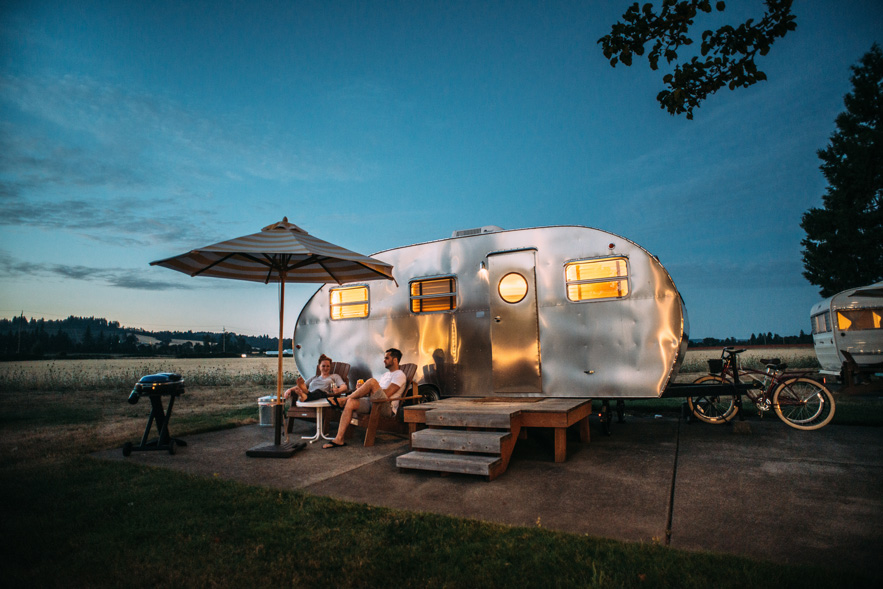
Workamping blends the words "work" and "camping". You exchange your time and work near or where you're camping at. There's two types of workamping out there are where you can get paid (either part-time or full-time), or where you only get your site. The places that do not pay you require less time and are more like volunteering.
Workamping positions can include working at campgrounds, RV parks, national or state parks and more. You can find workamping jobs on workamper.com or you can even work for Amazon with their CamperForce program.
There are many different ways to work and camp, so you'll have to find what's available in your area. Most positions out there are seasonal.
16. Adventure Camping
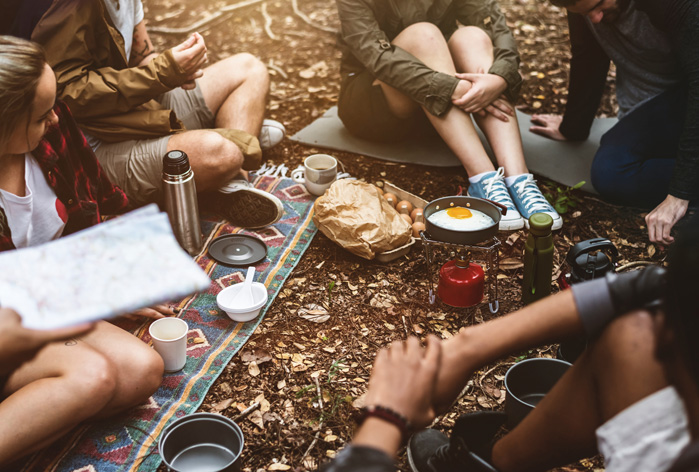
Adventure camping often involves traveling as a group with backpacking gear to various locations over the span of a few days. This is reserved for more serious campers, as it requires a bit more physical activity than other types of camping.
The idea is to hike and enjoy nature during the day, then in the night to find a place to prepare food and rest. It gives the ability to explore new areas, see wildlife, and enjoy what nature has to offer. Not to mention, you can enjoy the wilderness in a minimal way without disturbing wildlife.
17. History Camping
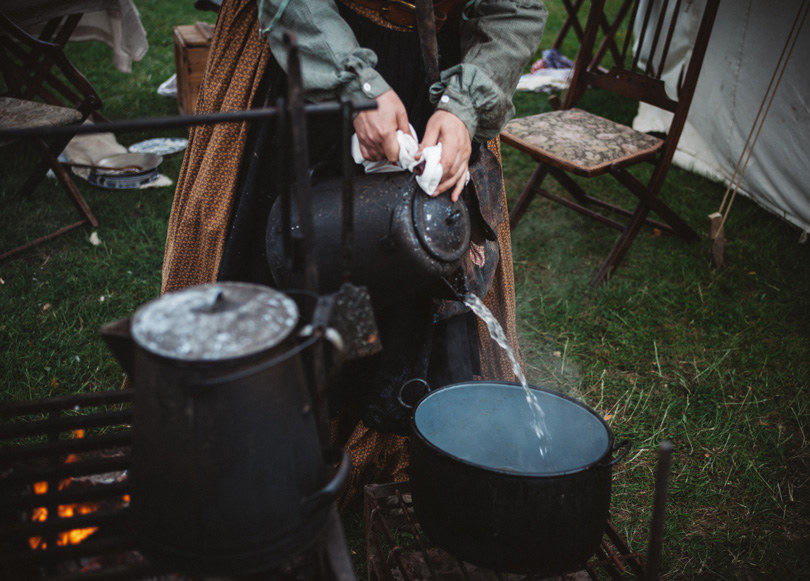
History camping or reenactment camping uses equipment and techniques specific to a certain historical era. Many times people will reenact methods from the American Civil War, Medieval Times, or the Wild West.
Reenactment campers typically join groups that organize these events in different parts of the world. It also serves as a form of bonding for those who like to act and experience another way of life.
18. Backyard Camping
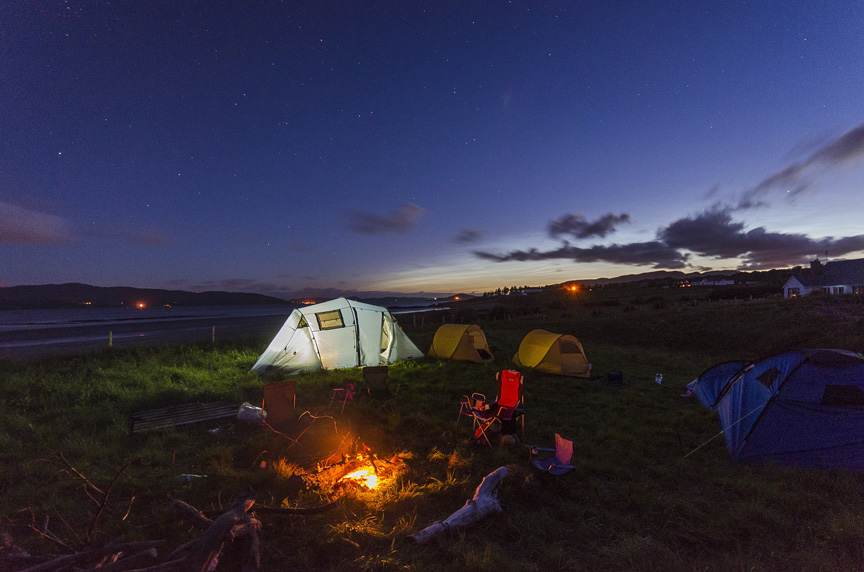
Backyard camping involves camping in your backyard, it's quite simple. Most people will pitch a tent and setup a little fire to roast marshmallows over. This is a great way to enjoy a night camping without any driving or campground costs.
This kind of camping is also perfect for kids to experience something new close to home. Not to mention, you can get kids out of the house and avoid late night noise if they're going to have a sleepover with friends.
One thing to keep in mind though with backyard camping is that it may or may not be allowed depending on where you live. You'll want to check with your deed restrictions if you live in a neighborhood or don't have a tall fence.
19. Hammock Camping
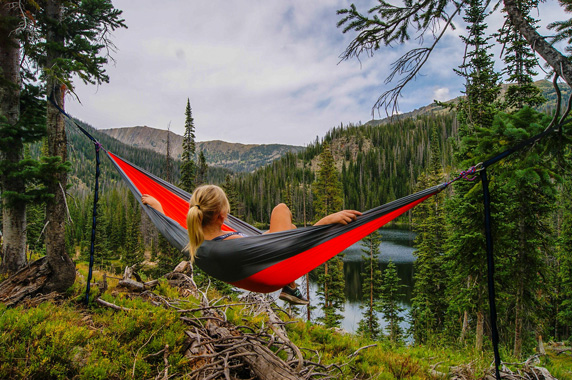
Hammock camping offers another variation to camping that can be done anywhere you've got some trees to attach to. One major benefit is that you're off the ground, so you don't have to spend any time looking for a flat area to setup. In addition, it can be more comfortable to sleep in a hammock than the hard ground.
Due to how light hammocks are, they're a popular choice for anyone who must be conscious of their carry weight. This option can work great for backpackers or those motorcycle or bike camping.
You can spend as much as you like with hammocks. Some offer bug nets, rain covers, and places to hook on your backpacks. Often times, hammocks are cheaper than most tent setups.
To Conclude
These types of camping mentioned all offer different ways to enjoy nature and the outdoors. None of them are definitive in any way. If you're a beginner to camping, it's important to know your options available. For those who have done a lot of one type of camping, it may be good to try something new as well.
Whichever type of camping you love, you can have a happy time enjoying the wilderness, and the peace it brings.

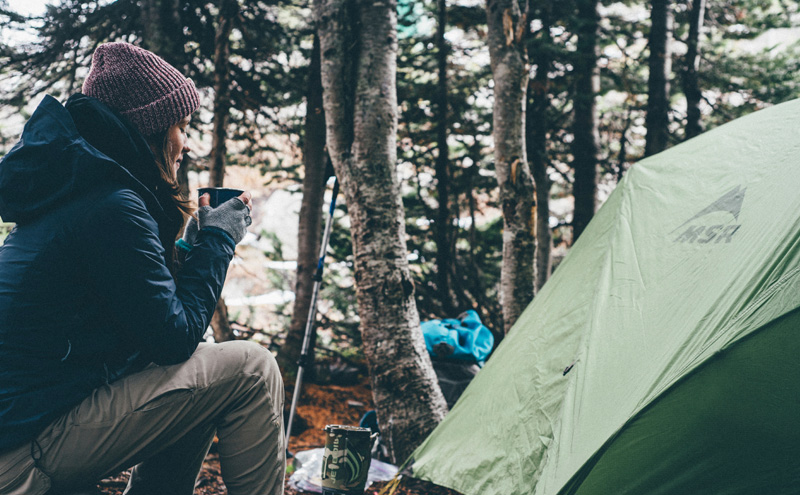

Jean-Pierre Monette
Thursday 16th of January 2020
Love this blog!! You touched every aspect of this great hobby. Thank you!!